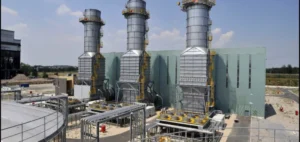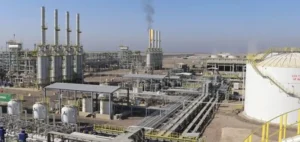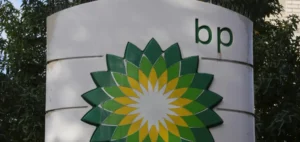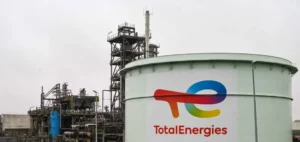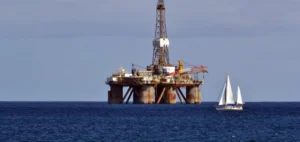Kimbell Royalty Partners, LP (Limited Partnership (LP)) holds oil and gas mineral and royalty interests in numerous basins. Its current portfolio covers more than 17 million gross acres across 28 states, giving it a diversified presence. According to the available information, the company has finalized the acquisition of additional assets in the Permian Basin. The total amount of the transaction stands at about $230 million, financed by a combination of a public offering of partnership units and loans obtained through a revolving credit facility.
Strategic strengthening after financing
Kimbell Royalty Partners’ management indicates that the transaction involves oil and gas mineral and royalty interests. The company specifies that the operation takes into account revenues generated since an effective date prior to finalizing the deal. The information shared also confirms that the production linked to these assets includes oil, Natural Gas Liquids (NGL), and natural gas. The buyer thus secures increased exposure in one of the main hydrocarbon exploitation basins in North America.
In this context, Kimbell Royalty Partners points out that it is entitled to cash flow derived from the production of oil, NGL, and gas from day one of the effective period. Published documents mention an overall production estimated at 1,842 barrels of oil equivalent (barrels of oil equivalent (Boe)) per day for the related assets. This includes about 1,125 barrels (barrel (Bbl)) per day of oil, 410 Bbl of NGL per day, and 1,842 thousand cubic feet (thousand cubic feet (Mcf)) of natural gas per day. The company expects a similar contribution for the coming year, according to its internal forecasts.
Importance of the Permian Basin
The Permian Basin, known for its abundant hydrocarbon production, is mainly located in Texas and New Mexico. The assets acquired by Kimbell Royalty Partners appear to be concentrated in this region, with a notable focus on Martin County and Andrews County. The operation incorporates resources already in the production phase, thereby avoiding the risks associated with exploration. The company intends to leverage these deposits to enhance profitability within its overall portfolio.
Information released specifies that the company, listed on the New York Stock Exchange (NYSE) under the ticker KRP, applies Generally Accepted Accounting Principles (GAAP). Recording of revenues and other operating data for the new acquisition begins as of the transaction closing date. This accounting approach ensures transparency in evaluating post-acquisition financial performance.
Financing structure and outlook
The acquisition’s financing results from a subscribed public offering of the company’s units, combined with a temporary resort to a revolving credit facility. The buyer underscores that all production-related cash flow from the newly added assets will be consolidated in its results. These revenues are viewed as a growth driver to maintain a strong position in the U.S. energy market. Observers note that Kimbell Royalty Partners is relying on sustained drilling activity in the Permian Basin, a source of high-potential deposits.
At the same time, the geographic distribution of these assets bolsters Kimbell Royalty Partners’ presence in the most dynamic areas of the sector. The total value of the reserves associated with these mineral and royalty interests further diversifies production sources and reduces operational risks. Operations remain subject to market conditions and fluctuations in hydrocarbon prices, which significantly impact profitability. Future steps could include optimizing production to maximize returns on existing reserves.
Implications for overall profitability
The increase in oil and gas volumes within Kimbell Royalty Partners’ portfolio aims to consolidate its financial performance. Revenues from the sale of extracted hydrocarbons, combined with a debt management strategy, shape the company’s strategic balance. Certain internal estimates point to the possibility of additional similar moves to expand the volume of assets under management. Investors closely monitor indicators concerning daily production and the corresponding rate of return.
The completion of this acquisition reflects a strategy focused on external growth in a sector subject to fluctuating conditions. Technical considerations related to exploration and exploitation prove vital to maintaining profit margins. Kimbell Royalty Partners’ approach of targeting already productive assets reduces exposure to drilling uncertainties. Economic outcomes from this operation depend on stable market prices and the level of demand for hydrocarbons.





